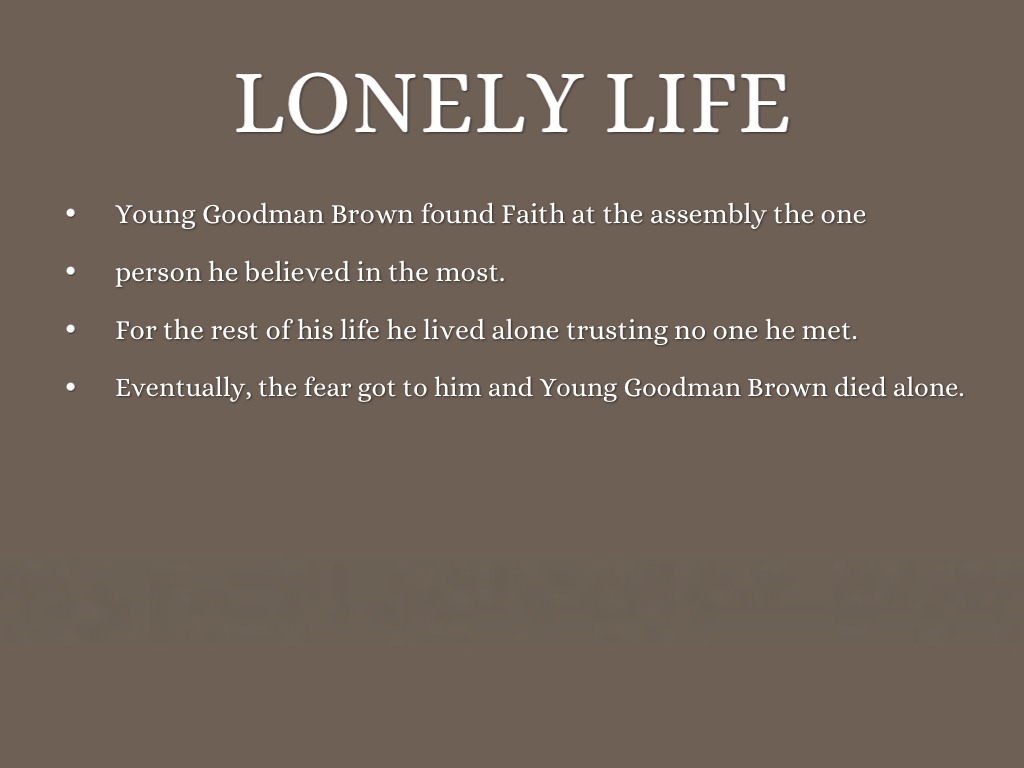Dry begging is a term that has recently gained traction in conversations about social media behaviors and interpersonal communications. It refers to the act of subtly hinting for assistance or support without explicitly asking for it. This nuanced approach can be seen in various contexts, from social media posts where individuals share their struggles, hoping for sympathy or help, to casual conversations where a person drops hints about their needs. Understanding dry begging is essential in today's society as it reflects broader themes of vulnerability, connection, and the complexities of modern relationships.
In many ways, dry begging can be seen as a reflection of the human condition; the desire for support and understanding is universal, yet the way we express these needs can vary significantly. This article delves into the intricacies of dry begging, exploring its definition, implications, and the psychological factors that drive individuals to engage in this behavior. By examining the motivations behind dry begging, we can foster greater empathy and awareness in our interactions.
Furthermore, the rise of social media has transformed the landscape of communication, making dry begging more prevalent than ever. As individuals navigate their personal challenges in a public forum, the lines between genuine expression and subtle solicitation can become blurred. In this article, we will dissect the phenomenon of dry begging, its impact on relationships, and how we can approach this behavior with sensitivity and understanding.
What is Dry Begging?
Dry begging is a form of indirect solicitation where individuals express their needs or difficulties without making a direct request for assistance. This behavior often stems from a fear of rejection or a desire to maintain a facade of independence, making it a complex interplay of vulnerability and pride.
How Does Dry Begging Manifest in Social Media?
On platforms like Instagram, Facebook, and Twitter, dry begging may appear as vague status updates or posts that invite sympathy without explicitly asking for help. Examples include:
- Sharing a photo with a caption that hints at emotional distress.
- Posting about financial struggles without asking for donations.
- Expressing feelings of loneliness and longing for connection.
Is Dry Begging a Form of Manipulation?
While some may view dry begging as manipulative, it is often a cry for help masked in indirect language. Understanding this behavior requires empathy and compassion, recognizing that individuals may not feel comfortable asking for help outright.
Who Engages in Dry Begging?
People from all walks of life may engage in dry begging, often driven by personal experiences, cultural backgrounds, and individual coping mechanisms. Understanding the demographics of those who partake in this behavior can provide insights into its prevalence and the reasons behind it.
Are There Psychological Factors Behind Dry Begging?
Several psychological factors can contribute to the tendency to engage in dry begging, including:
- Fear of vulnerability: Many individuals struggle with the idea of showing weakness.
- Desire for validation: Sharing struggles can elicit supportive responses from peers.
- Cultural norms: In some cultures, asking for help may be frowned upon, leading to indirect expressions of need.
How Can We Respond to Dry Begging?
When confronted with dry begging, it is essential to respond thoughtfully and empathetically. Here are some approaches to consider:
- Recognize the signs: Be attentive to subtle cues that indicate someone may be seeking help.
- Offer support: If you sense someone is struggling, reach out with an open-ended question or offer assistance.
- Encourage direct communication: Gently encourage your friend or loved one to express their needs more openly.
Examples of Dry Begging in Everyday Life
Dry begging can occur in various contexts, including personal relationships, workplace environments, and social gatherings. Some examples include:
- Friends hinting at financial difficulties during a group outing.
- Colleagues discussing their overwhelming workloads without asking for help.
- Family members sharing their struggles in casual conversation, hoping for support.
Can Dry Begging Impact Relationships?
Indeed, dry begging can have both positive and negative effects on relationships. While it can encourage open dialogue and foster deeper connections, it can also lead to misunderstandings if one party feels manipulated or neglected.
Conclusion: Navigating the Nuances of Dry Begging
Understanding dry begging is crucial in fostering healthier relationships and communication styles. By being aware of this behavior and its implications, we can create an environment where individuals feel safe expressing their needs openly. Encouraging direct communication and offering support when we identify signs of dry begging can lead to deeper connections and a more empathetic society.
Also Read
Exploring The Life And Achievements Of Vladislav DoroninCathy White And Blue Ivy: A Unique Journey Through Fame And Influence
Unveiling The Life And Legacy Of Reidar Harket
Unraveling The Gena Rowlands And James Garner Relationship
Unraveling The Mystery Behind King Von's Autopsy: A Deep Dive
Article Recommendations
- 1470855 Zack Lugos Biography Age Height Net Worth Girlfriend Brother
- Josh Allen Old Tweets
- 1230857 Tyler Perry Net Worth Age Height House Wife Son
- Thay Ksada
- Kristy Mcnichol
- La Freeway Protest
- 1534693 Piece Female Characters Deserve Attention
- Tiffany Link Earrings
- Oleksandr Zinchenko




